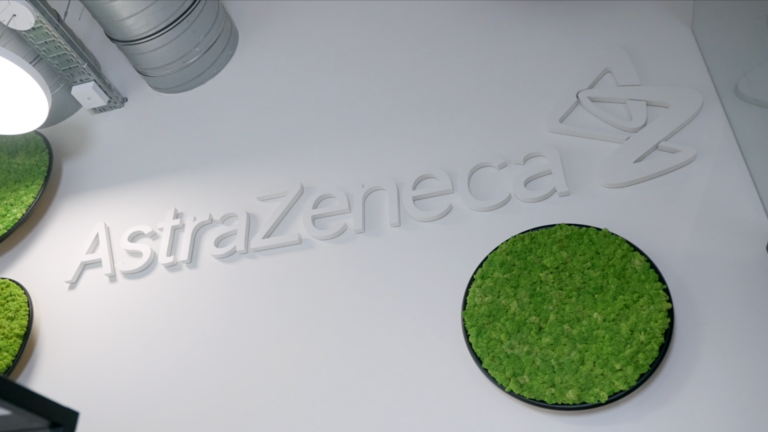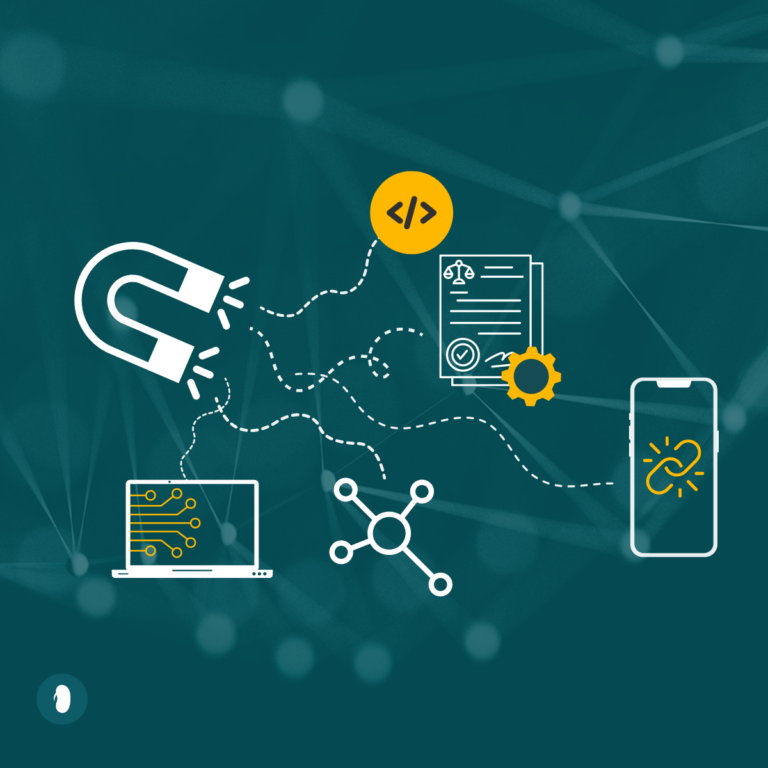Personalized card -
Explainer video
Geert Vromman, CEO and founder of CROPLAND, and Jeroen Claes, our lead data scientist are excited to delve into last years innovative personalized card campaign, where we harnessed the power of generative A.I. to create unique holiday greetings. Our goal was to showcase the potential of A.I., specifically generative A.I., to our clients and network.
We kick off by explaining the “why” behind this campaign—our desire to demonstrate the capabilities of A.I. To implement this, we collaborated with our communication agency to design a traditional personalized card with a QR-code. This QR-code led recipients to a web application, where they could use generative A.I. to personalize both the personalized message and the accompanying image.
For the image generation, we employed the Stable Defusion model by stability.ai, a deep learning technique converting textual scenarios into images. This model, available as open-source software on the Hugging Face platform, played a pivotal role in creating a truly unique personalized card experience.
Moving on to the text generation, we utilized GPT-2, a language model by OpenAI. We explain the process of retraining GPT-2 for personalized messages, highlighting the differences in licensing policies between GPT-2 and the newer closed-source models like GPT-3.5 and GPT-4.
Jeroen also delves into the technical aspects, discussing the choice of models, API costs, and the use of Shiny, an R technology tool, to build our web application. We touch on the speed of model generation, considerations for cost-efficiency, and the trade-offs between open-source and proprietary models.
Learn how we incorporated all these aspects into our personalized card!



